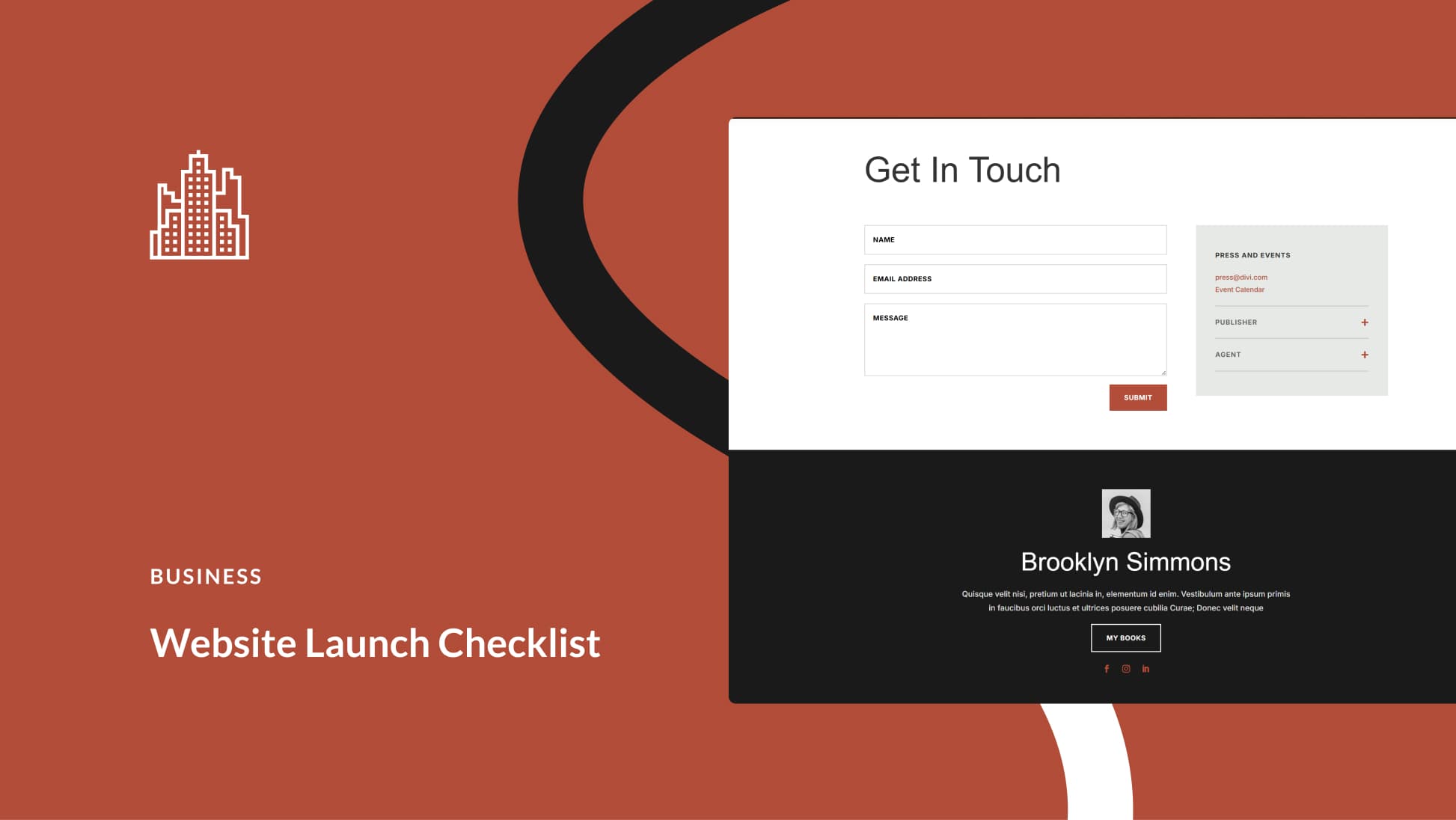Knowing how to create successful online courses is a content marketing strategy with lots of potentials. All you need is knowledge about something you’re passionate about, an online presence, and some time on your hands.
Regardless of the size of your company, selling online courses can greatly improve not only your income but also your loyal follower count. If you’re a solopreneur, then you can start with an email course and when you have a collection, move up to a learning management system or offer your courses in online course marketplaces.
In this post, we’ll go through the steps of creating successful online courses. The process is the same for anyone interested in making online courses big or small. The success of your online courses will depend on how well you know your audience and if you are genuinely fixing an important pain point in their life or business.
Let’s get started.
Choose a Subject for Your Online Course
Before you create an online course to sell or give away in exchange for an email address, you need to figure out what the subject will be. The most obvious choice is to pick a subject you are comfortable with. Even better, choose a subject you are passionate about. When you have a deep and personal understanding of a topic, it will be easier to create the course. If you work in a broad field, you might have a number of topics you are passionate about. Choose the one you have the most knowledge about to create your first course. From there you can add on more courses later on.
Another thing to consider is, whether you are creating the online course as a complement to your business blog or are you looking into creating a full-scale learning platform. For example, let’s say you sell custom website layouts on your site and your blog readers have been asking how to start a business like yours. So you create a course that goes through the steps of setting up a custom website layout business. On the other hand, if you are a professional designer and are tired of working with clients, you can set up a learning site with dozens of courses about design.
Conduct Market Research
Once you have chosen a topic you have to make sure that there’s demand for it. The same topic might have some aspects of it with high demand and others without. For example, let’s say you chose the topic to be about creating visuals for a business blog. A high-demand title could be “How to create high-converting visuals for social media with Canva” while a low-demand title would be “How to create your own blog visuals”. Even though they are the same idea, the first title has a better aim.
How to Know if Your Course Topic is in High Demand
The first step to doing market research for your topic is to input questions on Google and see what comes up. Ask questions about your topic on Facebook and Linkedin groups you might be in. Conduct searches on Quora and Twitter, using your potential title as the question. Try variations of the same question and see what Google suggests in the search bar.
These are the things you need to find out when doing the research for your topic.
- Is it a topic people are talking about online?
- Are there questions being asked about it online?
- Can you find a gap in what is being offered and can your topic fill that gap?
Choose a Course Style
Now that you have a topic and an angle, it’s time to choose the type of online course you’ll be offering. There are a number of different styles of courses. Their main differences are the length of the course material and the depth of knowledge offered.
For example, let’s say you are an experienced content marketer. Potentially, your course could cover every little detail in a content marketing strategy. Alternatively, it could be about one specific point of action in a content marketing strategy. This is when a choice of course style comes in. These are the main types of online courses:
1. Online Course Certifications
A certification course is a collection of courses or lessons about one topic that goes in-depth and in thorough detail. These courses are generally offered by large educational platforms but you can also offer this on your own platform. This type of course usually offers a certificate of completion which the student can add to their Linkedin profile. As an individual, it might not the best choice to start with but it can be a great idea once you have a collection of courses. A great place to get inspiration about certification courses is Hubspot Academy and Linkedin Learning.
2. Masterclasses
A masterclass is a series of lessons about one specific topic where you can teach everything you know. It’s similar to a certification course in terms of length but it’s much more detailed in a specific subject. Take a cue from the platform of the same name, Masterclass.
3. Self Paced Online Courses
Self-paced online courses are one of the most common course styles to start with. Essentially, you create a course and sell it for the user to learn at their own pace. It could be two or three medium-length installments or ten short installments. That is up to you. In that case, make sure to know what your audience wants. The Interaction Design Foundation is a great example of this style of course, as is Creative Live.
4. Personalized Training
Personalized training can be harder to sell but you can also charge more. The idea is the same as any course but you are delivering the material to the student on a one-on-one basis. This can be a good choice for a course subject that needs human interaction, like public speaking or sales.
5. Mini-Courses
Mini-courses are the most common style of online course available. Bloggers make mini-courses to gather subscriptions to their mailing lists. If you’ve never created a course before, this is the easiest way to start. The idea of a mini-course is to teach something fast and to the point. These aren’t usually very expensive but if you sell hundreds of them you can make a nice amount of money.
Create the Content for your Online Courses
The style of content for your course should be an even mix of written and visual content. If you plan to create a video for each lesson, accompany it with a downloadable PDF. If it’s a tutorial for a design platform, offer the student example files to work with.
1. Start With an Outline
The first step to creating the course content is to put together an outline. Line up each lesson or installment with what will be included in it. Calculate that each lesson should take about the same time to complete so that the course is balanced and easy to follow. Don’t forget to add an introduction where you present yourself and explain what will be included in the course.
2. Put Together The Material
When creating the content, you might find that you already have a lot of the content you need inside your blog or previously published ebooks and PDFs. With some rewriting and new visuals, it can save you lots of time. If you are creating videos for your course, make sure to use the same setup or style of filming for all the videos. Don’t change the camera angle drastically from one video to another. Stay consistent.
Take your time and be thorough. You want to give your students and viewers their money’s worth. Give tips and tricks that they might not find somewhere else.
3. Beta Test your Course
Before officially launching your course or even selecting the system with which to offer it, do some beta testing with your closest followers. Ask your most loyal followers if they are willing to beta-test the course material. Choose the ones which best match the ideal client for your course. After they watch the videos and see the written material, ask them their honest opinion. Adjust or edit the material accordingly. Now it’s time to select how to sell and deliver the material.
Select a Delivery Platform for Your Online Courses
Just as there are different styles of courses, there are also different ways to deliver them. From a simple email mini-course to a 30-video set on a marketplace online course platform like Skillshare or Udemy. Let’s take a look at all the options available to sell and deliver your online course.
1. Email
Email courses are very common, especially when you’re just starting out with online courses. An email course can be set up with an email provider and a segmented email funnel. In fact, an email course is a great way to create a successful email sales funnel. It’s also a pretty straightforward way to collect email addresses for your mailing list. An email course can even be free. After that, it’s up to you how much of a sales pitch you add to it.
Email course material is sent out once a day, or once a week. Once a day is usually better because it’s faster, sending course material once a week will make students lose interest.
2. WordPress Plugins / Learning Management Systems
If you already have a WordPress site, you can add an LMS plugin to turn your site into an online classroom. There are a lot of great WordPress LMS plugins available that can be used for online course management. Some have better customization options than others. In some cases, the system will help you award a certificate of completion to your students once they finish a course. Depending on the plugin you choose, you can add tests, community chart boards, and more. Favorite LMS plugins include LearnDash and Sensei.
3. Standalone Platforms
If you prefer to have your online courses separate from your website, you can choose a standalone platform like Thinkific or Teachable. These platforms have plenty of options to customize your course site to match your brand. Some even have landing page support and lots of control over your courses and your earnings.
4. All-in-One Platforms
Furthermore, there are some platforms where you can have a website plus an online course platform in one place. The all-time favorite option in this category is Kajabi. With Kajabi, and a few other options you can create a website with a course platform with lots of tools to help you build a business. If you already have a website and just want to add courses to your repertoire, this choice might be too much.
5. Online Course Marketplaces
The last option is to add your courses to sites like Udemy and Skillshare. On these sites, you have no control over the branding of your course as it will be just one more in the collection. This is a great choice if you don’t want to bother with all the setting up of the course and simply want to create the material. Obviously, the platform will take some of your earnings in exchange for hosting and promoting your courses.
Launch and Promote You Online Courses
When you launch the course, promote it consistently. Use a landing page for your course as a pillar page by linking to it from blog posts on your site and guest posts on other publications. Create content around your course, make some Facebook ads, send newsletters, share on social media, and put a note about it in your email signature. Remember that if you want people to find your course, you need to put it out there for them to see.
Also, give people a way to engage without buying it. If you are able to “nurture” some leads you’ll be able to add more people to this of buyers. Give people the opportunity to subscribe to a newsletter where you talk about related topics and can also mention your course from time to time. By getting them in your sphere of influence over email, you give yourself more time to convince people to purchase your course. We recommend that you use a leading WordPress opt-in plugin so that you have all the tools you need to get the most subscribers.
Wrapping Up
If you did the market research well and used the opportunity to fill a demand gap by solving a problem that people needed solving, your course should be successful. After your first online course, create another and make a series. It’s important to know that sometimes, courses just don’t do that well and they need a tweak in the title, the platform, or the material to really be successful. There is no better way to know if your courses will do well than to test them with your loyal followers.
Now that you know how to create online courses, do you feel ready to take the leap? Leave your thoughts in the comments and share them with the community.
Featured image via Irina Strelnikova / shutterstock.com









I am also planning to launch various online courses but unable to decide where to start and how to start. This blog will help me a lot! Thank you Merry Christmas in advance 2020!
Pricing is a huge aspect of choosing. A new course creator has to look at whether they can sell enough to cover $150 month using these platform suggestions. A Divi developer like myself can use some of the lower cost plugins that take more time. I have been using LifterLMS with Divi for years for $99 yr. On another site I have built a WP login classroom with password for students which is free minus any PayPal cart fees. I do love the ease of Udemy which just takes a %.
Is there a good way to automate delivery of e-certifications following the completion of an online course? Something to include their name, the date, and a few other variables?
These are built into many of the LMS plugins and sites. You just add your own logo and wording. I also like to email each person because it offers the chance to sell more courses in the future.